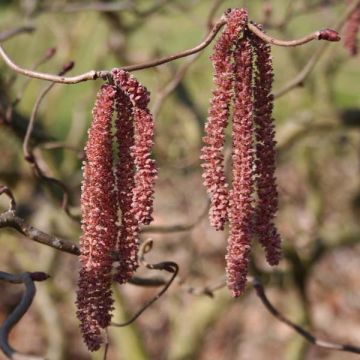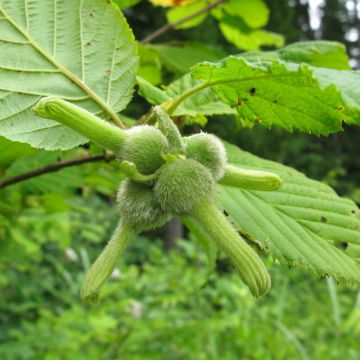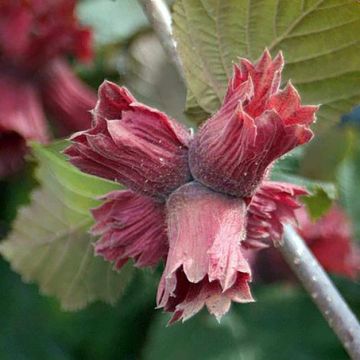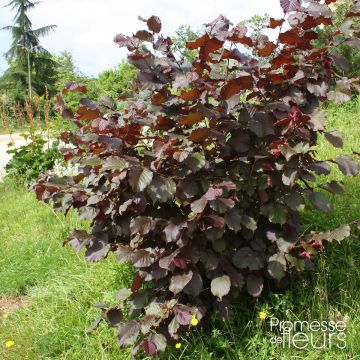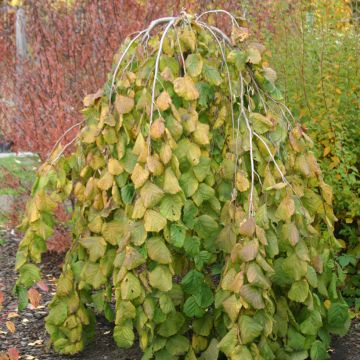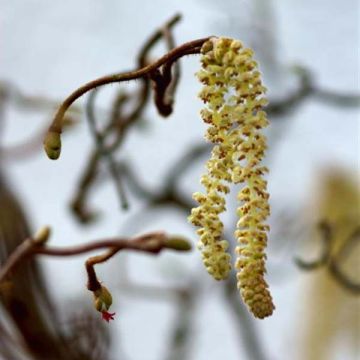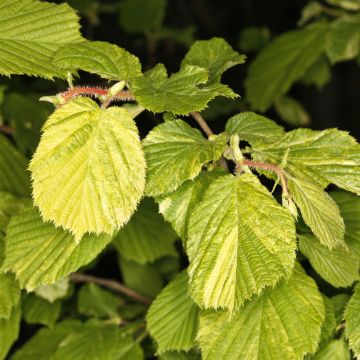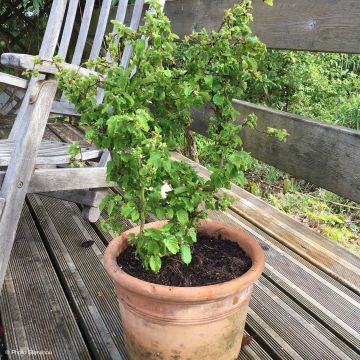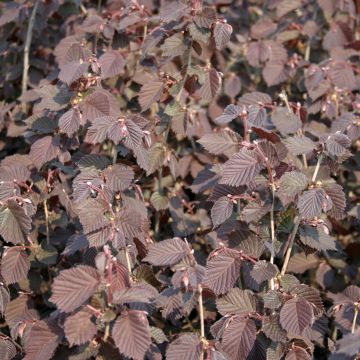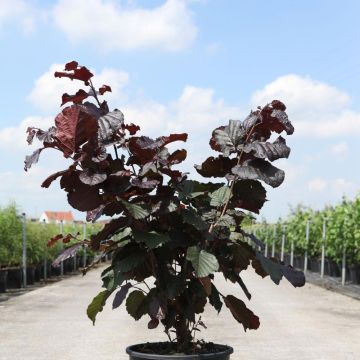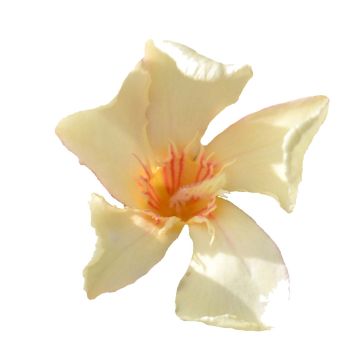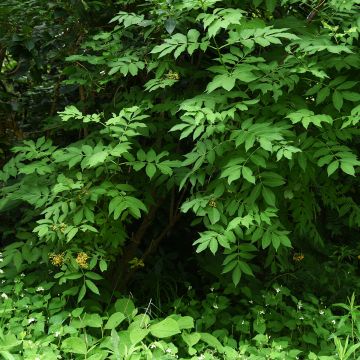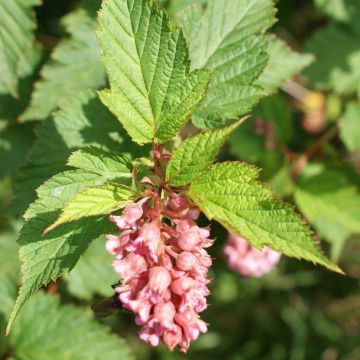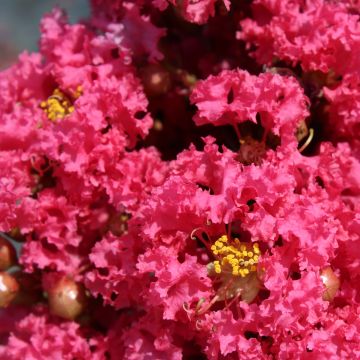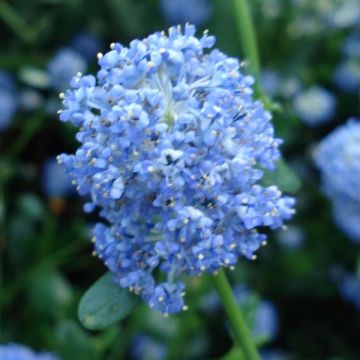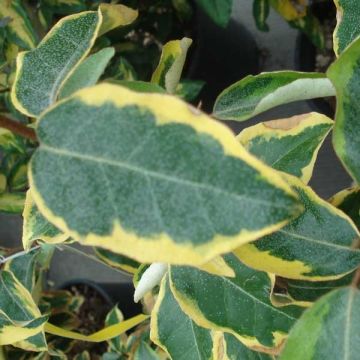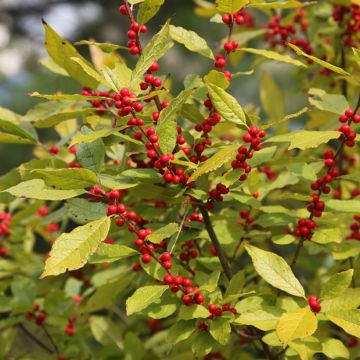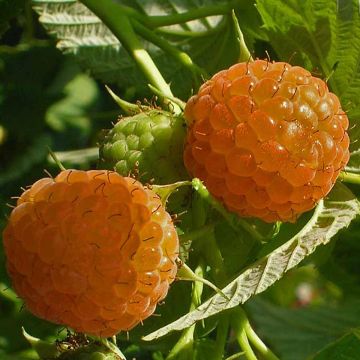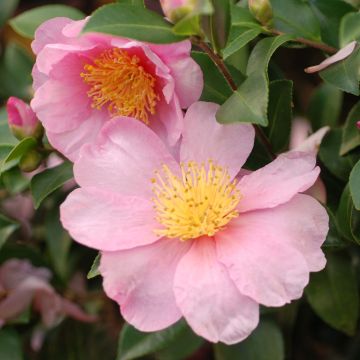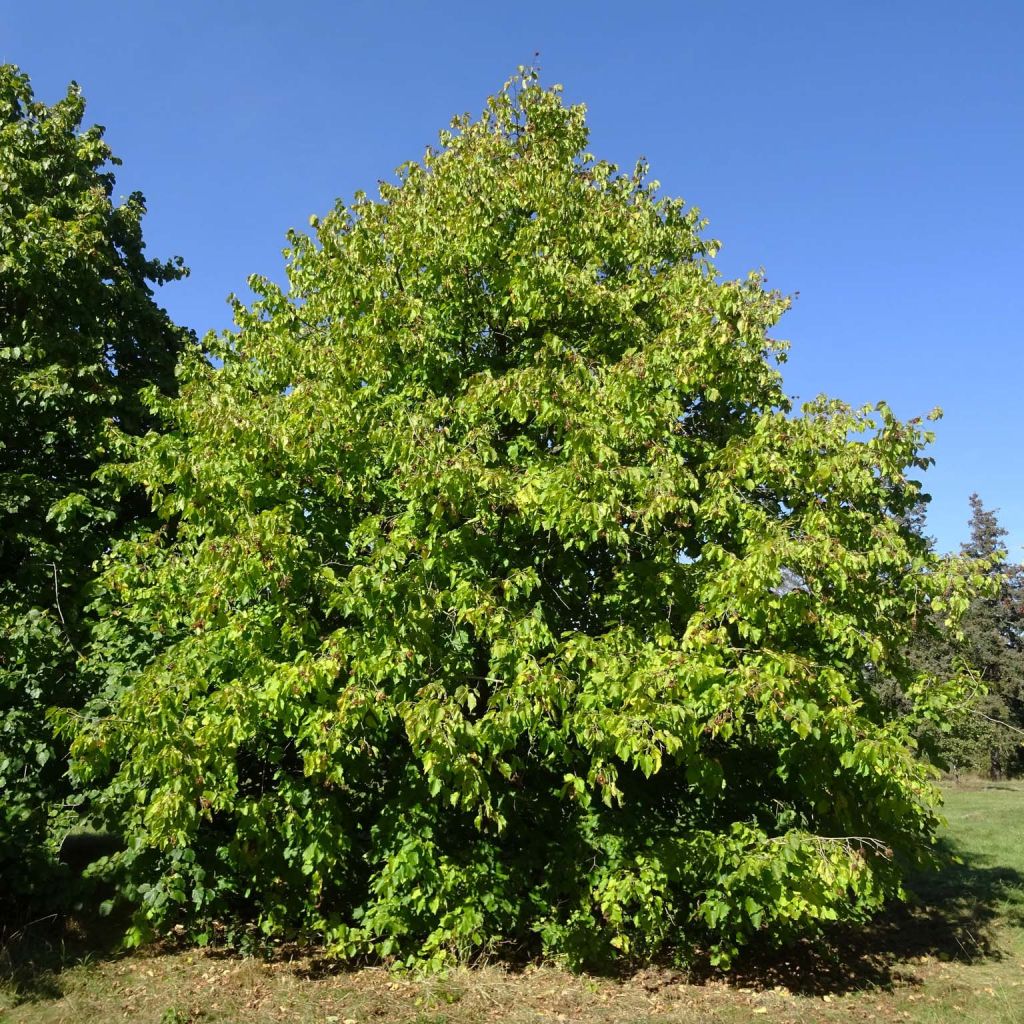

Corylus colurna - Turkish Hazel
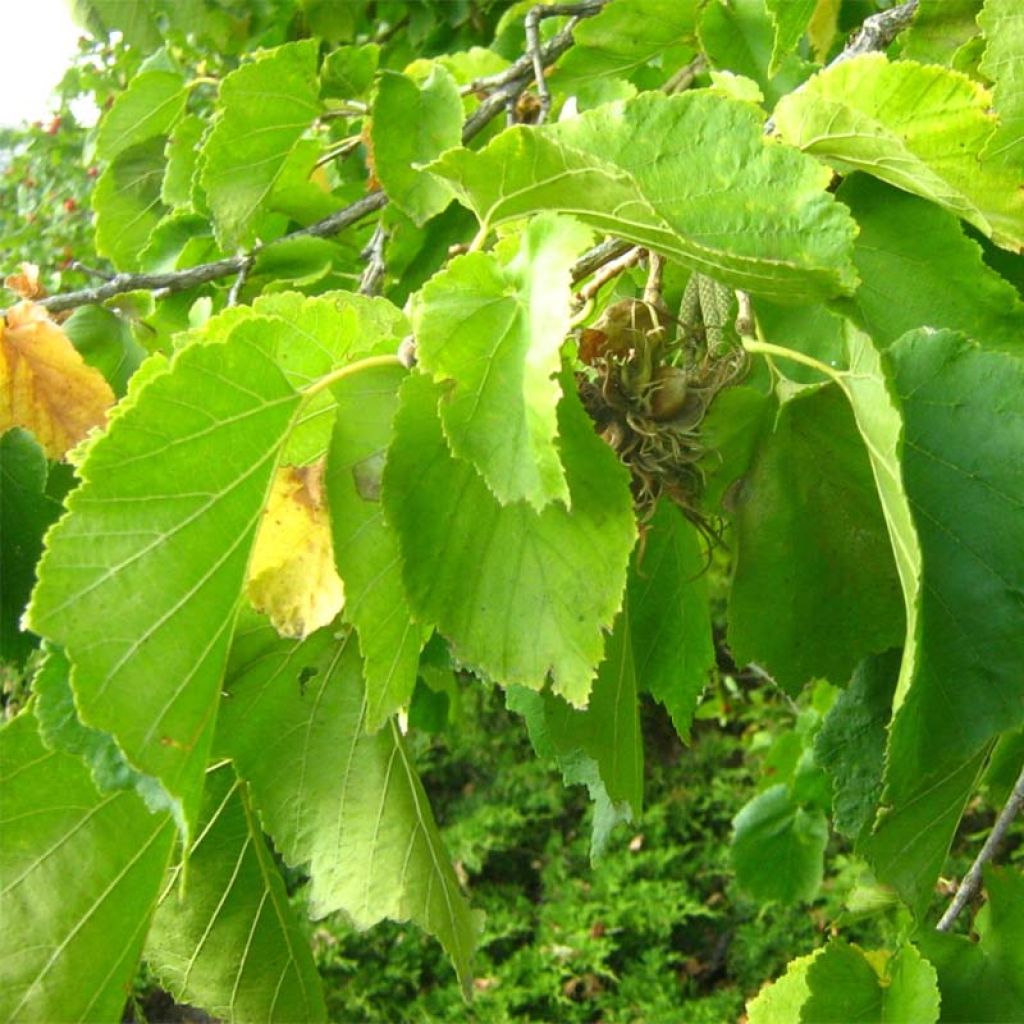

Corylus colurna - Turkish Hazel
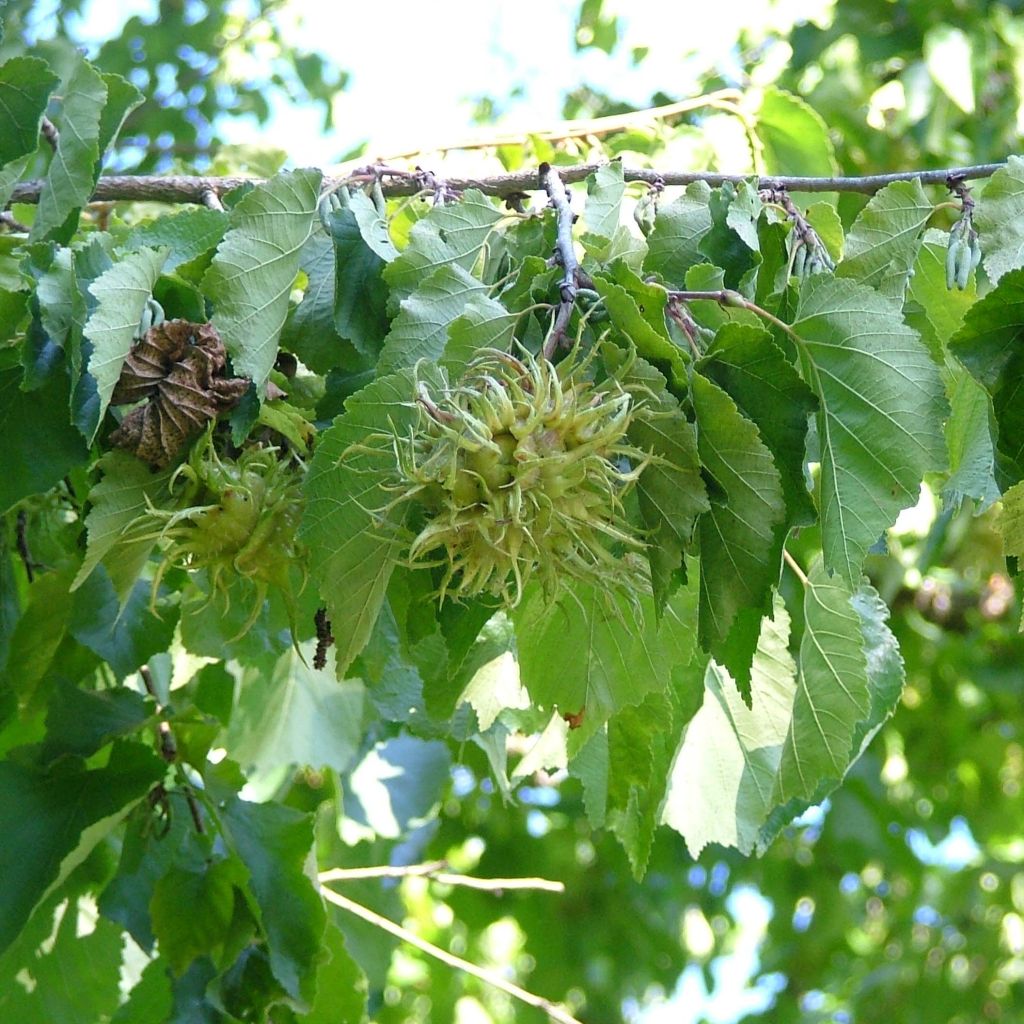

Corylus colurna - Turkish Hazel
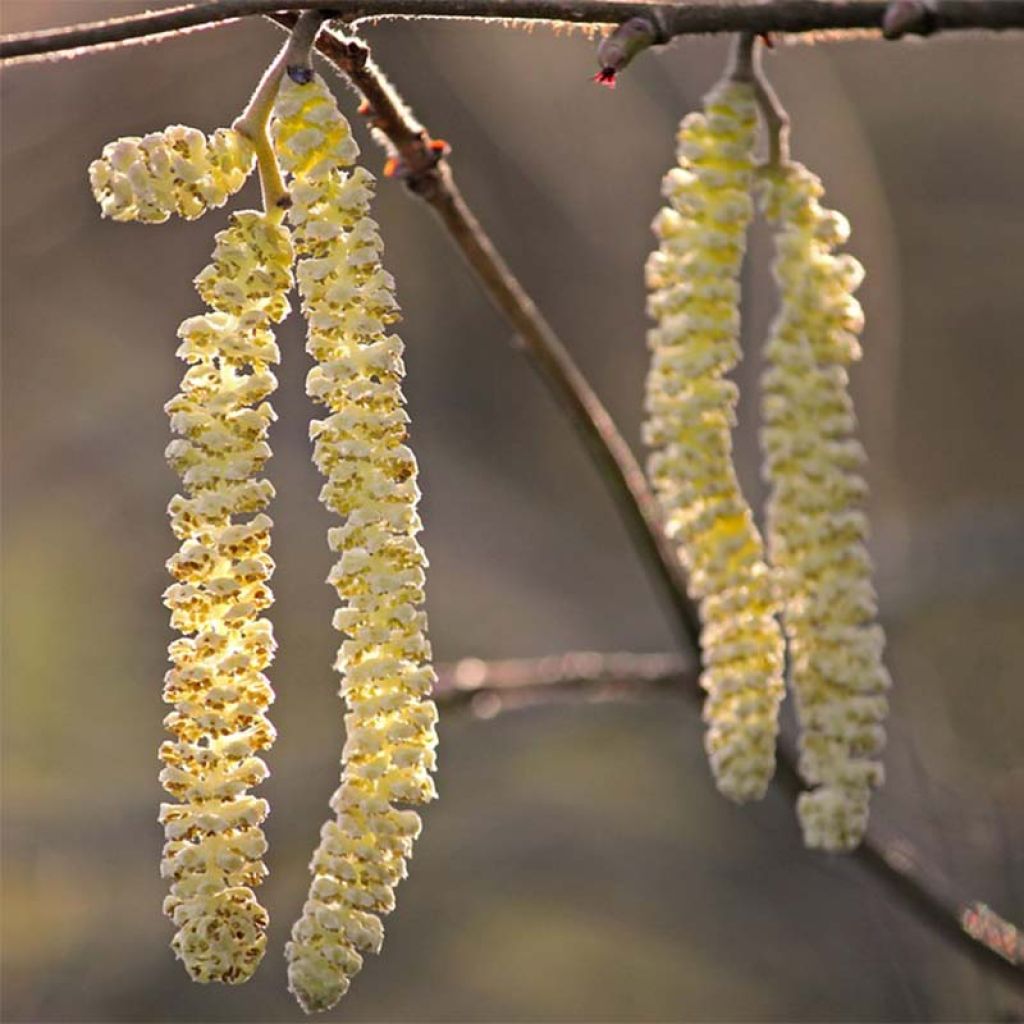

Corylus colurna - Turkish Hazel
Corylus colurna - Turkish Hazel
Corylus colurna
Turkish Hazel, Turkish Filbert
This item cannot be shipped to the selected country
Oversize package delivery charge from €6.90
More information
Schedule delivery date,
and select date in basket
This plant carries a 24 months recovery warranty
More information
We guarantee the quality of our plants for a full growing cycle, and will replace at our expense any plant that fails to recover under normal climatic and planting conditions.
Oversize package: home delivery by special carrier from €6.90 per order..
Express home delivery from €8.90.
Does this plant fit my garden?
Set up your Plantfit profile →
Description
Corylus colurna, also known as Turkish Hazel or Turkish Filbert, is increasingly used in urban landscaping. This beautiful, large tree, with a pyramidal habit is highly resistant to pollution, does not sucker, requires no maintenance and can survive without watering once established, even in dry regions. It is a rare and productive fruit tree, with edible and tasty hazelnuts enclosed in a thick husk covered with fleshy and frizzled points. These ornamental fruit clusters are grouped together, forming a curious round and spiky conglomerate hanging from the branches of the tree. Other attractive features include a light and corky bark, early flowering with large pendulous bronze catkins, and foliage that turns a beautiful golden yellow in autumn. Definitely worth discovering!
Corylus colurna belongs to the family Betulaceae, just like birch. It is native to Asia Minor and southeastern Europe. This majestic tree, which can reach 25 m (82 ft) in height in its natural environment, arrived in western Europe in 1582. It is a self-fertile fruit tree (only one individual is needed to produce fruits) and monoecious: the male inflorescences, distinct from the female inflorescences, are borne in different locations on the same tree. It sheds its leaves in winter.
The Turkish Hazel is also known as Constantinople Hazel, Levant Hazel, or Byzantine Hazel. It has a moderately fast growth rate and develops a single, straight trunk extending to the crown's top. The crown grows from the lower part of the trunk and has an ovoid shape that widens over time. At maturity, the tree will reach approximately 20 m (65 ft 7 in) in height and 9 m (29 ft 6 in) in width with a rather broad pyramidal habit. The trunk and branches are covered with rough, corky, light-coloured bark, even on young specimens. The branches bear large, rounded to ovate, leaves with double dentate edges. The leaves measure 8 to 12 cm (3.1 to 4.7 in) in length, are slightly downy, strongly veined, and medium green, turning golden yellow in autumn before falling.
The male flowers appear on the plant during the summer and bloom in February-March, before the leaves emerge. They are pendulous and thick bronze-yellow catkins, measuring 12 cm (4.7 in) in length, quite decorative and rich in nectar. The female flowers are bud-shaped, measuring 6 to 8 mm (0.2 to 0.3 in), partially concealing bright red stigmas. Each hazelnut contains an edible seed inside a hard shell, with a more pronounced flavour than a native hazelnut. Their size and reddish-brown colour at maturity are similar to those of wild hazelnuts. However, they are slightly sticky before becoming completely dry. The long envelopes are deeply divided into twisted lobes, with a frizzled appearance. They are often clustered on the branches in groups of 5, 6, or even more. They are harvested from late August to early September. This large hazelnut tree has a deep and powerful root system capable of seeking moisture far down in the soil.
This magnificent Turkish Hazel thrives in parks and large gardens. It can tolerate any type of soil, preferring limestone, with sufficient depth to accommodate its powerful roots. It is a very hardy tree, low in water requirements, and hassle-free, suitable for both solitary and group plantings at the edge of a garden or to border a large pathway, alongside Horse Chestnut or Catalpa, for example. Hazelnuts can be consumed raw or cooked, as they are or in confectionery and pastries. They can also be pressed to extract a fine oil, highly valued in cuisine. The wood of the trunk, as well as the roots, is prized in cabinetmaking. Hazelnuts are enjoyed by squirrels and other wildlife.
Report an error about the product description
Corylus colurna - Turkish Hazel in pictures
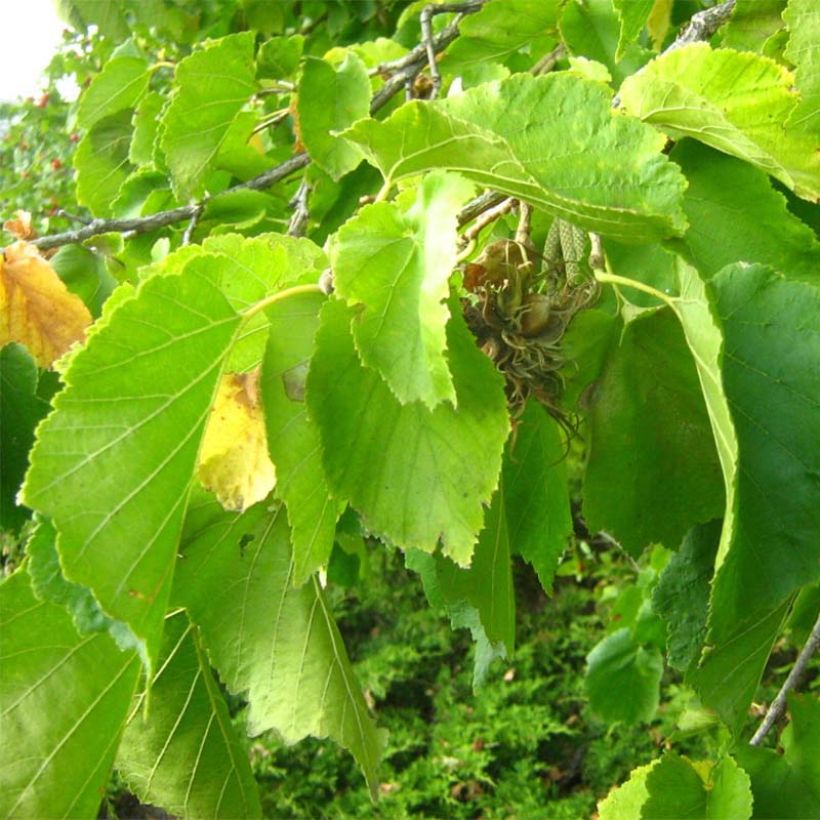

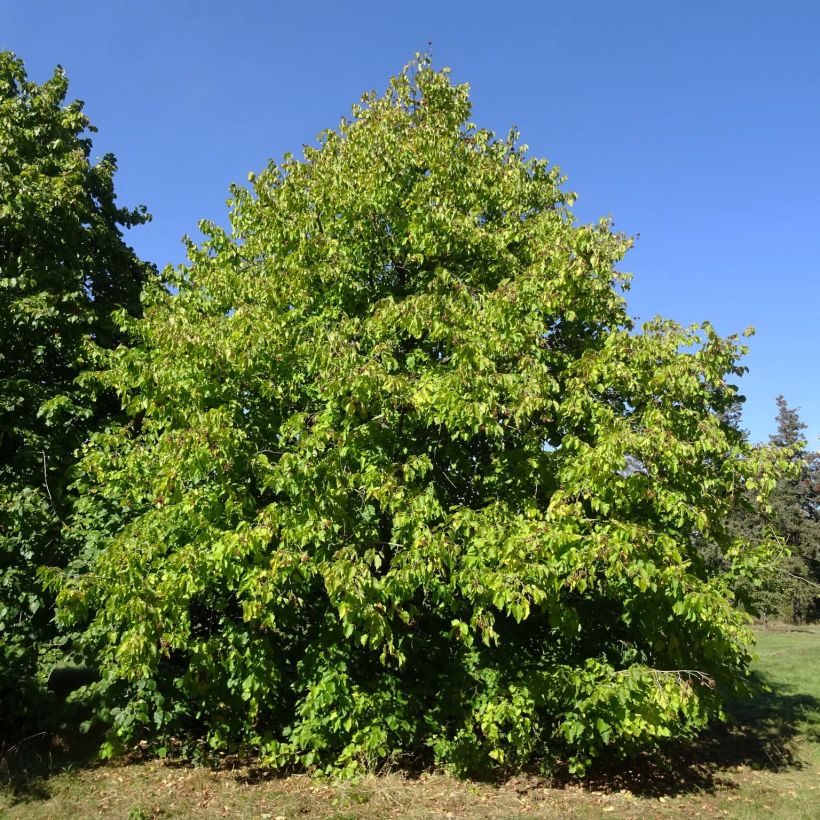

Plant habit
Flowering
Foliage
Safety measures
Botanical data
Corylus
colurna
Betulaceae
Turkish Hazel, Turkish Filbert
Middle East
Phytophotodermatoses
Cette plante peut provoquer l'apparition de réactions cutanées indésirables en cas de contact suivi d'une exposition au soleil.
Ne la plantez pas là où de jeunes enfants peuvent évoluer. Evitez l'exposition au soleil après l'avoir manipulée. Evitez tout contact avec la peau: privilégiez l'emploi de gants pour la manipuler. En cas de contact, lavez-vous soigneusement les mains et rincez abondamment à l'eau la zone concernée. Lavez les vêtements entrés en contact. En cas de réaction cutanée, contactez votre médecin ou le centre antipoison le plus proche de chez vous. En cas d'atteinte étendue, appelez sans tarder le 15 ou le 112.Pensez à conserver l'étiquette de la plante, à la photographier ou à noter son nom, afin de faciliter le travail des professionnels de santé.
Davantage d'informations sur https://plantes-risque.info
atteinterespiratoire
Cette plante peut entraîner des symptômes allergiques.
Evitez de la planter si vous ou vos proches souffrez de rhinite saisonnière ("rhume des foins").
Davantage d'informations sur https://plantes-risque.info
Other Corylus - Hazelnuts
Planting and care
Corylus colurna thrives in the sun, in an open position. Plant it in any deep and well-drained soil with a tendency towards limestone. While it appreciates some moisture at its base, this tree can completely do without watering once established, even in dry and hot regions. Water and fruit tree fertilizers will improve the appearance and yield of this beautiful tree. For good fruiting, it is preferable, but not essential, to plant at least two individuals. This tree is resistant to wind, requires no maintenance once well established, and does not need pruning.
Planting period
Intended location
Care
This item has not been reviewed yet - be the first to leave a review about it.
Hedge shrubs
Haven't found what you were looking for?
Hardiness is the lowest winter temperature a plant can endure without suffering serious damage or even dying. However, hardiness is affected by location (a sheltered area, such as a patio), protection (winter cover) and soil type (hardiness is improved by well-drained soil).

Photo Sharing Terms & Conditions
In order to encourage gardeners to interact and share their experiences, Promesse de fleurs offers various media enabling content to be uploaded onto its Site - in particular via the ‘Photo sharing’ module.
The User agrees to refrain from:
- Posting any content that is illegal, prejudicial, insulting, racist, inciteful to hatred, revisionist, contrary to public decency, that infringes on privacy or on the privacy rights of third parties, in particular the publicity rights of persons and goods, intellectual property rights, or the right to privacy.
- Submitting content on behalf of a third party;
- Impersonate the identity of a third party and/or publish any personal information about a third party;
In general, the User undertakes to refrain from any unethical behaviour.
All Content (in particular text, comments, files, images, photos, videos, creative works, etc.), which may be subject to property or intellectual property rights, image or other private rights, shall remain the property of the User, subject to the limited rights granted by the terms of the licence granted by Promesse de fleurs as stated below. Users are at liberty to publish or not to publish such Content on the Site, notably via the ‘Photo Sharing’ facility, and accept that this Content shall be made public and freely accessible, notably on the Internet.
Users further acknowledge, undertake to have ,and guarantee that they hold all necessary rights and permissions to publish such material on the Site, in particular with regard to the legislation in force pertaining to any privacy, property, intellectual property, image, or contractual rights, or rights of any other nature. By publishing such Content on the Site, Users acknowledge accepting full liability as publishers of the Content within the meaning of the law, and grant Promesse de fleurs, free of charge, an inclusive, worldwide licence for the said Content for the entire duration of its publication, including all reproduction, representation, up/downloading, displaying, performing, transmission, and storage rights.
Users also grant permission for their name to be linked to the Content and accept that this link may not always be made available.
By engaging in posting material, Users consent to their Content becoming automatically accessible on the Internet, in particular on other sites and/or blogs and/or web pages of the Promesse de fleurs site, including in particular social pages and the Promesse de fleurs catalogue.
Users may secure the removal of entrusted content free of charge by issuing a simple request via our contact form.
The flowering period indicated on our website applies to countries and regions located in USDA zone 8 (France, the United Kingdom, Ireland, the Netherlands, etc.)
It will vary according to where you live:
- In zones 9 to 10 (Italy, Spain, Greece, etc.), flowering will occur about 2 to 4 weeks earlier.
- In zones 6 to 7 (Germany, Poland, Slovenia, and lower mountainous regions), flowering will be delayed by 2 to 3 weeks.
- In zone 5 (Central Europe, Scandinavia), blooming will be delayed by 3 to 5 weeks.
In temperate climates, pruning of spring-flowering shrubs (forsythia, spireas, etc.) should be done just after flowering.
Pruning of summer-flowering shrubs (Indian Lilac, Perovskia, etc.) can be done in winter or spring.
In cold regions as well as with frost-sensitive plants, avoid pruning too early when severe frosts may still occur.
The planting period indicated on our website applies to countries and regions located in USDA zone 8 (France, United Kingdom, Ireland, Netherlands).
It will vary according to where you live:
- In Mediterranean zones (Marseille, Madrid, Milan, etc.), autumn and winter are the best planting periods.
- In continental zones (Strasbourg, Munich, Vienna, etc.), delay planting by 2 to 3 weeks in spring and bring it forward by 2 to 4 weeks in autumn.
- In mountainous regions (the Alps, Pyrenees, Carpathians, etc.), it is best to plant in late spring (May-June) or late summer (August-September).
The harvesting period indicated on our website applies to countries and regions in USDA zone 8 (France, England, Ireland, the Netherlands).
In colder areas (Scandinavia, Poland, Austria...) fruit and vegetable harvests are likely to be delayed by 3-4 weeks.
In warmer areas (Italy, Spain, Greece, etc.), harvesting will probably take place earlier, depending on weather conditions.
The sowing periods indicated on our website apply to countries and regions within USDA Zone 8 (France, UK, Ireland, Netherlands).
In colder areas (Scandinavia, Poland, Austria...), delay any outdoor sowing by 3-4 weeks, or sow under glass.
In warmer climes (Italy, Spain, Greece, etc.), bring outdoor sowing forward by a few weeks.

































